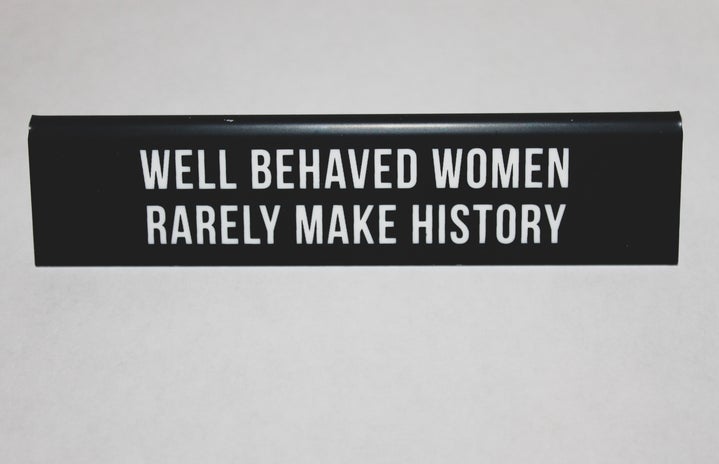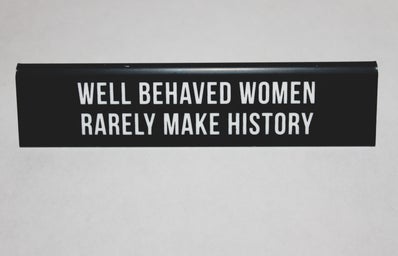What is intersectional feminism? Is it any different from your regular feminism?
Glad you asked, and yes, it is. I first came across this idea a few months ago, talking to a friend of mine. He was telling me about how this wave of the feminist movement was not inclusive, but rather a white, cisgendered, able-bodied women movement. My initial reaction was to deny that. I mean, it’s feminism. I thought that’s what it was all about, gender equality and the embodiment of social justice. Yet the more he talked, the more I realized he might be on to something. I was hesitant to believe him, to even consider the possibility that this idea I’d embraced was somehow wrong, flawed.
Let’s be real, a lot of people embraced feminism after Emma Watson’s famous UN speech. Since then, she’s become the face of the movement: what she says, goes. However, as this article points out, Watson’s feminism isn’t infallible. In a letter directed at the members of her book club, she acknowledges the “blind spots” in her feminism and previous lack of intersectionality, and encourages us to do the same.
“When I gave my UN speech in 2015, so much of what I said was about the idea that ‘being a feminist is simple!’ Easy! No problem! I have since learned that being a feminist is more than a single choice or decision. It’s an interrogation of self. Every time I think I’ve peeled all the layers, there’s another layer to peel.”
Watson explains that she was called a “white feminist” and that at first, she couldn’t understand the need to define someone, let alone a feminist, by their race. She then started reevaluating her position:
“What are the ways I have benefited from being white? In what ways do I support and uphold a system that is structurally racist? How do my race, class, and gender affect my perspective? There seemed to be many types of feminists and feminism.”
The term intersectional was coined by Kimberlé Williams Crenshaw, who came up with the concept as a metaphor to explain how discrimination is not only gendered, nor is it merely a matter of race. She based it on the “idea that we experience life, sometimes discrimination sometimes benefits based on a number of different identities that we have”. So for example, she observed how black women were discriminated against, not only for being women, not only for being black but for being black women.
“They got race and gender discrimination and they’re colliding in their life.”
The point of intersectionality is to be in a constant state of reevaluation and transformation and understanding. We’re being invited to acknowledge our own biases and how our positions keep us from seeing the whole picture. Intersectionality acknowledges the fact that feminism, as of late, hasn’t been all that inclusive.
Here in Puerto Rico, because our culture is very machista, but also deeply matriarchal, it’s hard to believe that this affects us. We respect our mothers over anyone else, but we also demean women for countless reasons. What’s more, women inadvertently uphold this structure.These seemingly opposite views coexist and permeate our culture. There’s also the matter of covert and overt racism. Whether we want to admit it or not, racism is very much alive on the Island; we have pelo bueno (straight hair) or pelo malo (kinky hair), we don’t say a person’s black, we say they’re negritx or prietitx or even trigueñitx because saying they’re black, would be an insult.
This is why intersectionality is so important. We need to acknowledge that discrimination doesn’t come from one way, it comes from different facets of our lives. Intersectional feminism is not only about gender, it’s about race, it’s about sexuality, it’s about class, and, above all, it’s about recognizing that discrimination is not a straightforward matter. Let’s make intersectional feminism the goal for 2018!

